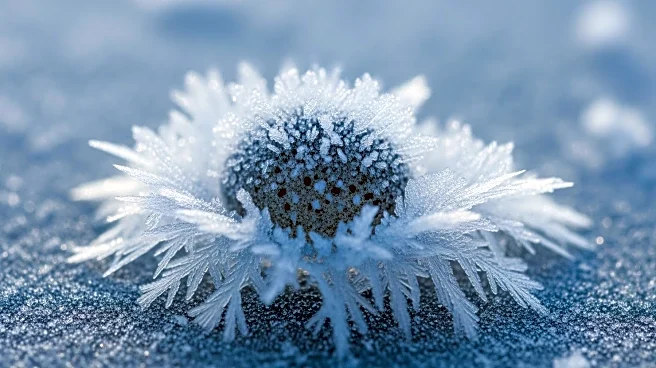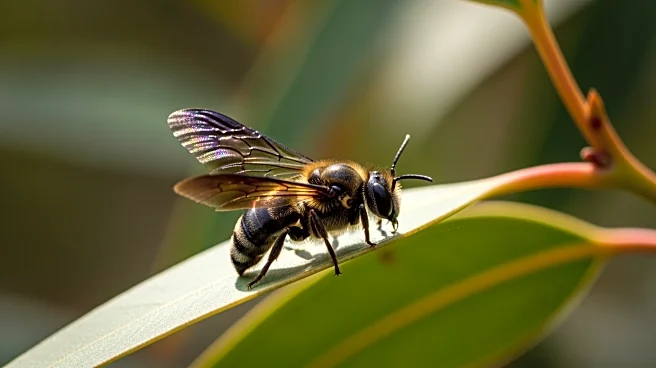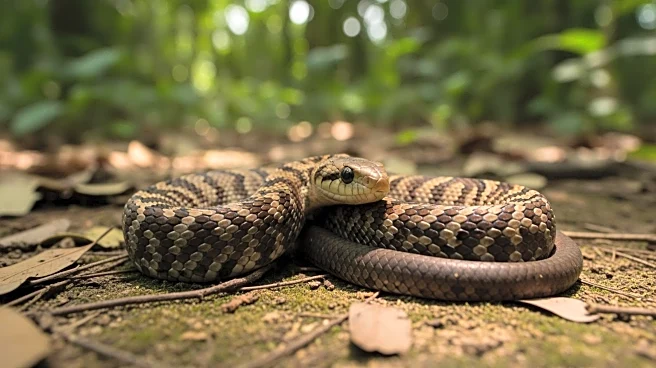What's Happening?
Researchers at Stockholm University have successfully isolated and sequenced RNA molecules from woolly mammoths that lived during the Ice Age, marking the first time RNA has been recovered from such ancient
remains. The RNA was preserved for nearly 40,000 years in mammoth tissue found in the Siberian permafrost, making it the oldest RNA sequences ever identified. This discovery, published in the journal Cell, reveals that RNA can remain intact for far longer than previously thought, providing new insights into the biology of extinct species. The study highlights the ability of RNA to offer direct evidence of gene activity, which cannot be obtained from DNA alone. The research team, including Emilio Mármol and Love Dalén, analyzed RNA from a young mammoth named Yuka, uncovering gene activity patterns related to muscle contraction and metabolic stress.
Why It's Important?
The discovery of intact RNA in ancient mammoth tissue is significant as it opens new avenues for understanding the biology and evolution of extinct species. RNA provides direct evidence of gene activity, offering insights into the final moments of life for these creatures. This breakthrough could lead to a deeper understanding of prehistoric gene function and regulation, potentially reshaping our knowledge of extinct megafauna. The ability to study RNA from ancient remains also suggests the possibility of sequencing RNA viruses preserved in Ice Age specimens, which could have implications for understanding historical viral evolution and pandemics. The research demonstrates that RNA molecules can survive much longer than previously thought, expanding the potential for studying ancient biological processes.
What's Next?
The researchers plan to conduct further studies combining prehistoric RNA with DNA, proteins, and other preserved biomolecules. Such studies could fundamentally reshape our understanding of extinct species, revealing hidden layers of biology that have remained frozen in time. The team aims to explore the potential of RNA sequencing to study ancient viruses, which could provide insights into the evolution of viral pathogens over millennia. This research may also lead to new methodologies for studying gene regulation in extinct animals, offering a more comprehensive view of their biology and adaptation to past environments.
Beyond the Headlines
The ability to recover and analyze RNA from ancient remains challenges previous assumptions about the degradation of biological molecules over time. This discovery could lead to ethical and scientific discussions about the potential for resurrecting extinct species or understanding their biology in unprecedented detail. The findings also highlight the importance of preserving permafrost and other natural archives that hold valuable genetic information from the past. As researchers continue to push the boundaries of ancient DNA and RNA recovery, the implications for paleogenomics and evolutionary biology are profound, potentially influencing conservation strategies and our understanding of biodiversity.











